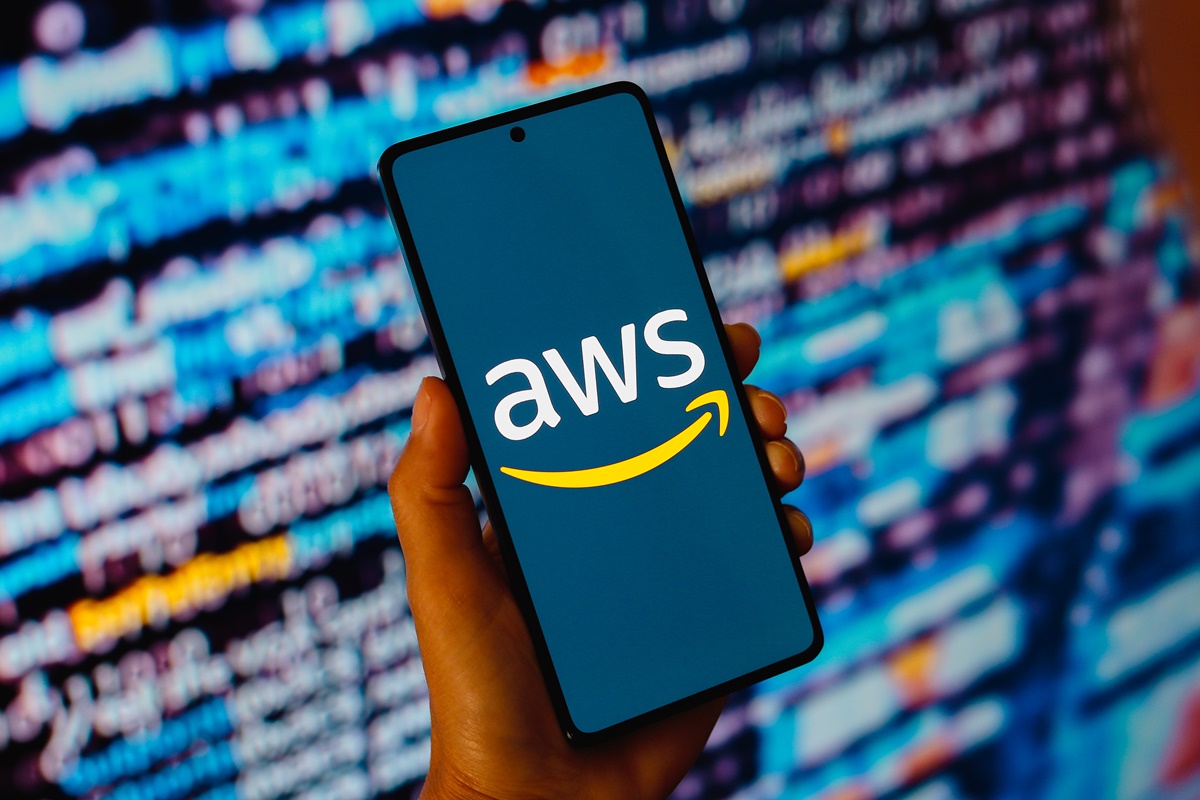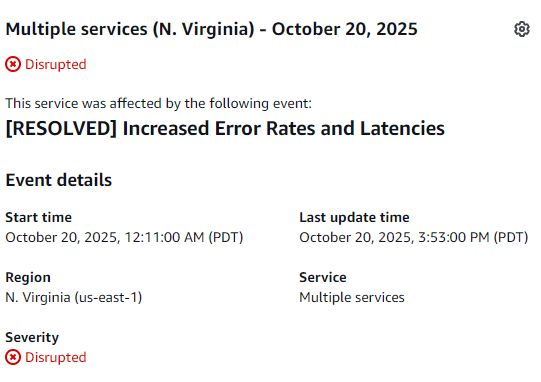October 21, 2025
Leaders and Experts Speak Out on the Amazon AWS Outage

Having seen the real-world impact of Amazon’s AWS outage stretching to smart beds, games, business apps and beyond, the industry big wigs across vendors, CX and end users are chipping in with their views and advice.
Avaya’s CEO, Patrick Dennis, was looking into the hybrid/on-premises alternatives as the crisis unfolded, “Right now there are people that should be reflecting on why premise-based communications systems still have a place in the world… and perhaps why they still make up 75% of the seats. These lessons are best learned in the moment. Hope the systems get back running soon without degradation. Communications isn’t fond of latency.”

Talking to the DevOps crowd, Emmanual Ezeh, notes that “This outage is a reminder that even the largest cloud providers aren’t immune to failures — and our architecture must assume failure as a normal part of the lifecycle. We should design, test and operate as though outages will happen, rather than hoping they won’t. In short: reliability isn’t just “buy the biggest provider” — it’s “engineer for failure.”
Adding to the voices calling for calm, Gartner’s Lydia Leong asks for trust in cloud and greater resilience. She notes that multi-cloud complexity, data repatriation and geopatriation won’t necessarily shield users from wherever the next outage hits.
“7% of Businesses Have No Backup In Place”
Rob van Lubek, EMEA Vice President, Dynatrace noted from the technical perspective that “Widespread IT outages like we’ve seen over the last few days are a reminder that current approaches to payment resilience are not comprehensive.”
“Despite retailers increasingly relying on complex, interconnected IT systems – from mobile apps to in-store tills and cloud services – data released by Dynatrace and FreedomPay indicates that 7% of businesses have no backup in place for when a payment outage strikes. As a result, payment outages in the retail and hospitality sector, alone, could cost up to £1.6 billion in lost revenue every year.”
“Given the financial and reputational risks associated with IT outages, businesses must shift from reacting after an outage happens to preparing a proactive strategy before an outage strikes. This may not always stop the outage from happening – as it could be out of their control – but it can help them prepare a strategy to get back online faster, when one does strike.
“Modern IT environments are too complex to rely solely on human monitoring. By using integrated systems that combine AI-driven observability with dynamic failover capabilities, organisations gain the ability to detect, isolate and resolve problems before they impact transactions – safeguarding both revenue and reputation when it matters most.”
The Customer Experience Perspective
Daniel Barnaby, a Chief Digital and Transformation Officer looked at events through the customer lens. “This morning’s AWS outage I have lived through before as I have managed disaster recovery for some of the most critical systems in financial services and insurance.”
Here’s what 25 years has taught me. Technology will fail. Your customer experience doesn’t have to. Right now, IT teams are working heroically to restore services, and they’ll succeed. But ask yourself:
- Can customers still file claims without your portal?
- Do agents have backup workflows?
- Are customers getting communication or radio silence?
The best digital strategy includes a plan for when technology stops working. If today exposed gaps in your resilience, let’s talk. I’ve helped companies build customer experiences that survive the next outage, because there will be a next one.”
Naturally, everyone will have their two cents or pence worth on the problem and how to mitigate future instances. But for now, seeing how it affected your customers and telling them how you plan to avoid a repeat should be priority number one.



